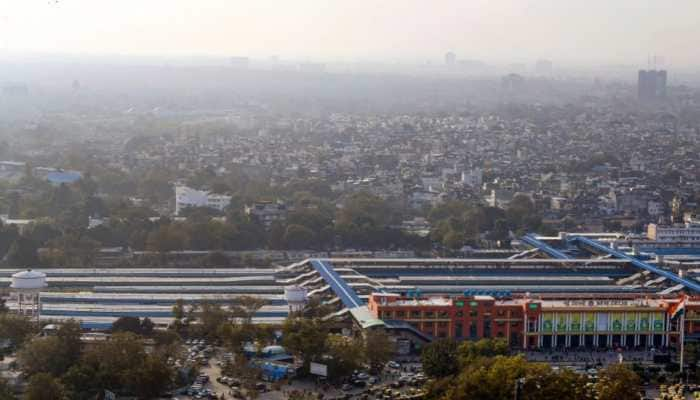Economic Survey: Spreading JAM to other areas will reduce leakages
After the big success in checking LPG subsidy leakages by use of technology, the Economic Survey 2015-16 today said spreading the JAM Trinity (Jan Dhan, Aadhaar, Mobile) to other areas will reduce leakages and provide more fiscal space to the government.
Trending Photos
)
New Delhi: After the big success in checking LPG subsidy leakages by use of technology, the Economic Survey 2015-16 today said spreading the JAM Trinity (Jan Dhan, Aadhaar, Mobile) to other areas will reduce leakages and provide more fiscal space to the government.
Large-scale, technology-enabled, real time Direct Benefit Transfers can improve the economic lives of India's poor, and the JAM Trinity can help government implement them, said the survey tabled by Finance Minister Arun Jaitley in Parliament.
The first variety of JAM, the PAHAL is transferring LPG subsidies via DBT. It reduced leakages by 24 per cent and seems to have excluded few genuine beneficiaries.
"When deciding where next to spread JAM, policymakers should consider first-mile (beneficiary identification), middle-mile (distributor opposition) and last-mile (beneficiary financial inclusion) challenges," it said.
Elaborating further, it said the centre should prioritise areas where it has the highest control over the first and middle-mile factors and leakages are high.
"At present, the most promising targets for JAM are fertiliser subsidies and within government fund transfers-- areas under significant central government control and with substantial potential for fiscal savings," the survey said.
The example of MGNREGA highlights that delivering within-government transfers via JAM can help other centrally sponsored schemes reduce idle funds, lower corruption and improve the ease of doing business with government, it said.
The JAM preparedness index suggests that the main constraint for its spread is the last-mile challenge of getting money from banks into people's hands, especially in rural areas.
DBT in LPG has generally been a big success, and policymakers in other areas are understandably keen to emulate its success, it said. However, when designing DBT schemes in other areas, caution should be exercised in drawing lessons from the LPG case.
Despite huge improvements in financial inclusion due to Jan Dhan, the survey said the JAM preparedness indicators suggest that "there is still some way to go" before bank-beneficiary linkages are strong enough to pursue DBT without committing exclusion errors.
"In that sense, the JAM agenda is currently jammed by the last-mile challenge of getting money from banks into beneficiaries? hands, especially in rural India," it noted.
In the meantime, models like BAPU (Biometrically Authenticated Physical Uptake) offer the prospect of lower leakages without the risk of exclusion errors, and therefore merit serious consideration.
Stay informed on all the latest news, real-time breaking news updates, and follow all the important headlines in india news and world News on Zee News.
Live Tv







)
)
)
)
)
)
)
)
)
)
